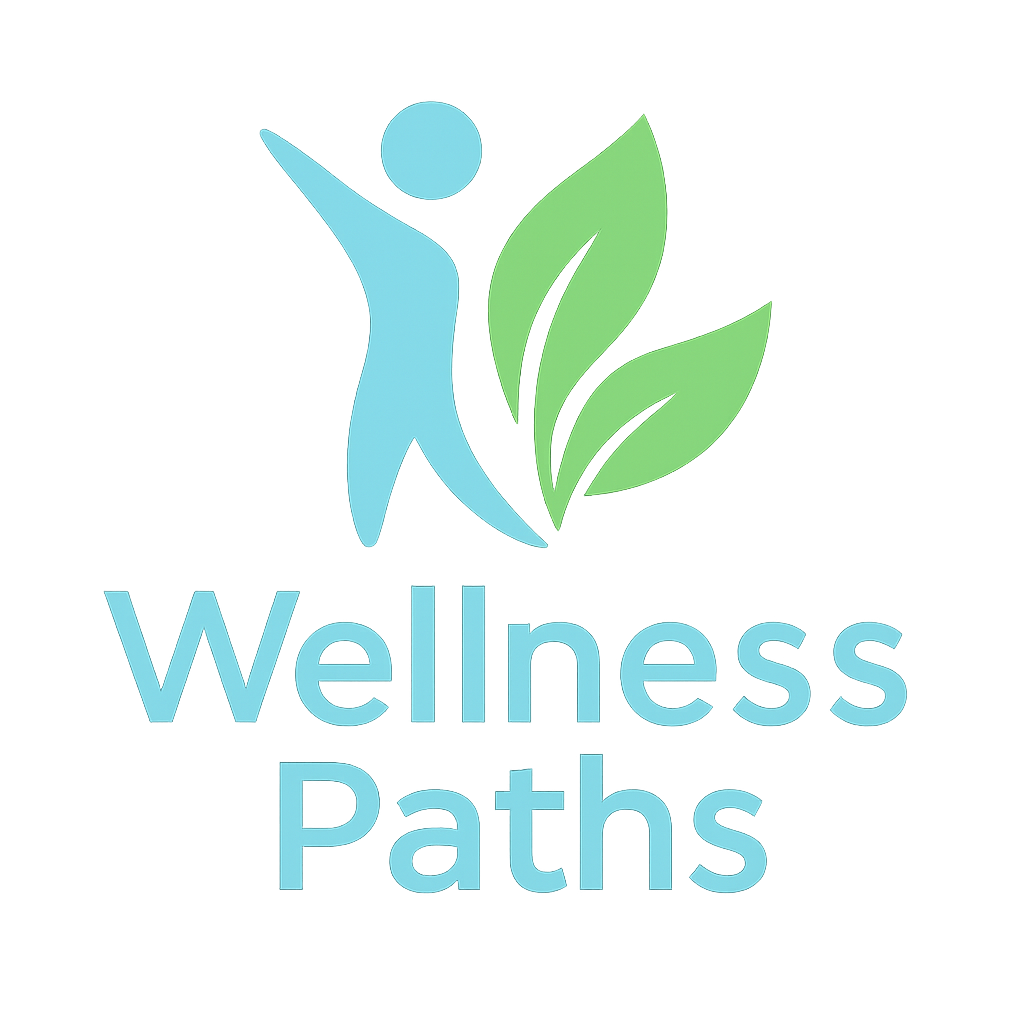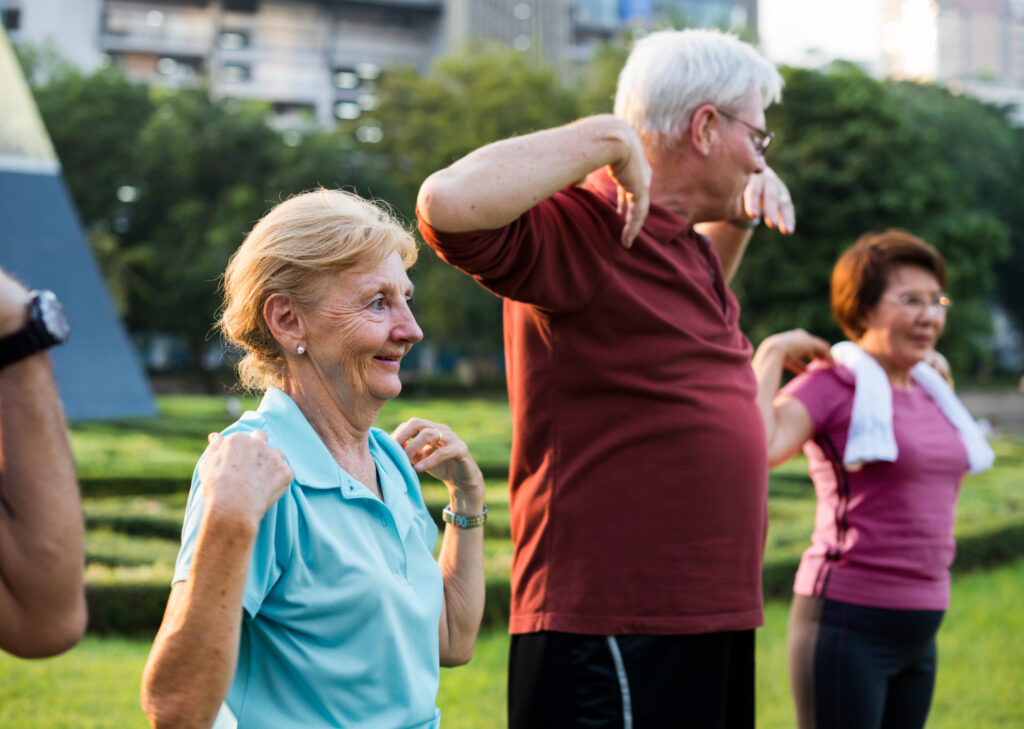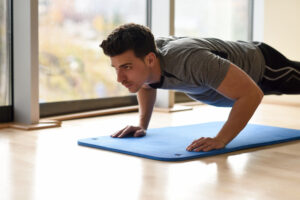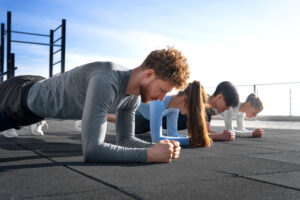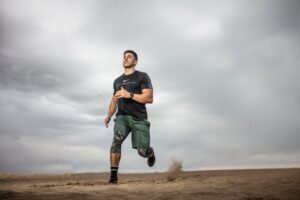Staying active is important for everyone, no matter your age. When it comes to senior fitness, it’s normal to feel that your body changes and that finding the right exercise can be a bit tricky. That’s why more inclusive fitness programs for older adults are gaining popularity—they make sure fitness is safe, accessible, and enjoyable for everyone.
In this article, we’ll explore why staying active matters even more as we get older, talk about common challenges seniors face with fitness, and see how inclusive programs offer real solutions. Plus, I’ll share some helpful tips on how to get started and ways family members can support their loved ones along the way.
Why Senior Fitness Is Crucial as We Age
Exercise is not just about looking good or losing weight. For older adults, it plays a huge role in maintaining strength, balance, and overall health. Regular physical activity helps keep muscles strong and bones dense, which lowers the risk of fractures or falls—two big concerns as we get older.
Beyond the physical benefits, exercise also supports heart health and improves circulation. But perhaps just as important is its impact on mental wellbeing. Moving your body releases endorphins, those feel-good chemicals that can boost your mood, ease anxiety, and fight depression. Staying active also helps keep your independence intact, allowing you to manage daily tasks like walking, climbing stairs, or carrying groceries with more ease.
Moreover, staying active can help improve sleep quality, which often becomes a challenge with age. Good rest is essential for healing, memory, and overall energy.
The Challenges Older Adults Often Face
Despite these benefits, many older adults find it difficult to stay active regularly. Health conditions such as arthritis or osteoporosis can make certain movements painful or risky. Others may fear falling or getting injured, which creates a mental barrier to trying new activities.
Sometimes, the biggest hurdle is simply not knowing where to start. Not every gym or fitness class is designed with older adults in mind, and without proper guidance, it’s easy to feel overwhelmed or unsafe. Motivation can also be tricky—when you don’t have someone to encourage you or when you feel isolated, it’s harder to keep going. Staying motivated can be tough, but small goals and social support help a lot. Check out my article on How to Stay Motivated for Fitness for practical tips.
Transportation and accessibility issues can also be a problem. Some older adults may not have easy ways to get to fitness centers, or the locations might not be friendly for those with mobility challenges.

What Makes Senior Fitness Programs Truly Inclusive?
Inclusive fitness programs focus on breaking down these barriers. They’re designed to welcome people of all ages and abilities by offering exercises that can be easily adjusted to match each person’s level. Safety is a top priority, with trained instructors providing the right support and guidance to prevent injuries.
Beyond exercise itself, these programs foster a supportive atmosphere where participants feel encouraged and valued. The variety is key—whether it’s gentle stretching, light strength training, balance work, or low-impact cardio, there’s something for everyone. Accessibility is also crucial: programs take place in convenient locations and use equipment suited for different needs.
Many inclusive programs also incorporate educational sessions on healthy habits, nutrition, and mental wellness, helping older adults build a holistic approach to wellbeing.
Popular Activities That Work Well
Many older adults find joy in activities like walking groups, where the pace is comfortable, and the social aspect makes exercise enjoyable. Water aerobics is another favorite, as exercising in water reduces strain on joints while still providing a good workout.
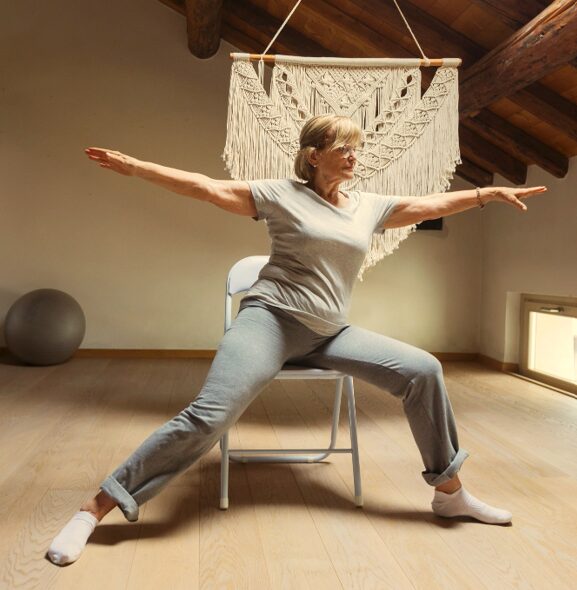
For those who prefer gentler movements, chair yoga offers a way to improve flexibility and relax without the need to stand. Tai Chi, with its slow, flowing motions, not only enhances balance but also promotes mindfulness and calm.
Strength training, often misunderstood as something only for younger people, is incredibly beneficial too. Using light weights or resistance bands can help maintain muscle mass and bone density, which are essential for staying strong and healthy.
Dance classes designed for seniors can also be a fun and uplifting way to move, combining music, rhythm, and community.
Starting Your Senior Fitness Journey Safely
Getting started might feel intimidating, but it’s all about taking small, manageable steps. It’s always wise to check with a healthcare provider before beginning any new senior fitness routine to ensure it’s safe for you. Once you have the green light, look for programs or classes that specialize in working with older adults. Many seniors find wearable fitness devices useful to monitor their activity safely. Learn more about these tools in my article on Wearable Fitness Devices.
Beginning slowly is important—start with short sessions at a low intensity and gradually increase as your confidence and strength build. Listening to your body is key; if something doesn’t feel right, it’s okay to pause and seek advice.
Consistency beats intensity. Even a few minutes of activity every day can add up to big benefits over time.
The Power of Social Connection
One of the best parts about joining fitness programs is the chance to meet new people. Many older adults find that the friendships and social support they gain from these groups are just as valuable as the exercise itself. Sharing experiences, challenges, and achievements with others helps keep motivation high and makes fitness fun.
Social connections also reduce feelings of loneliness and isolation, which can impact mental and physical health negatively. Fitness groups often turn into a community, offering emotional support beyond just exercise.
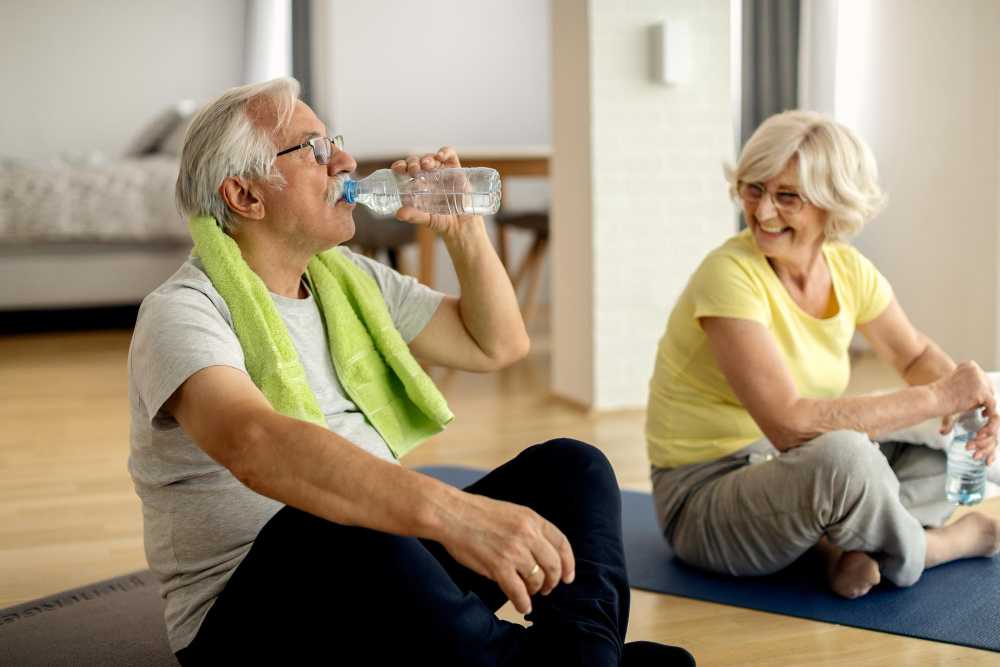
Helping Your Loved One’s Stay Active
Family and friends play a vital role in encouraging older adults to stay moving. Simply joining them for walks or gentle exercises can make a huge difference. Being a workout buddy creates accountability and shows that they’re not alone on this path.
Offering kind encouragement and celebrating even small wins helps build confidence. Sometimes, practical help like providing transportation to classes or helping find suitable programs can remove big obstacles.
Helping establish a routine together and providing necessary equipment, such as resistance bands or comfy shoes, makes it easier for older adults to keep going. Above all, patience and understanding go a long way. Progress might be slow and setbacks may happen, but with support, it’s easier to stay on track.
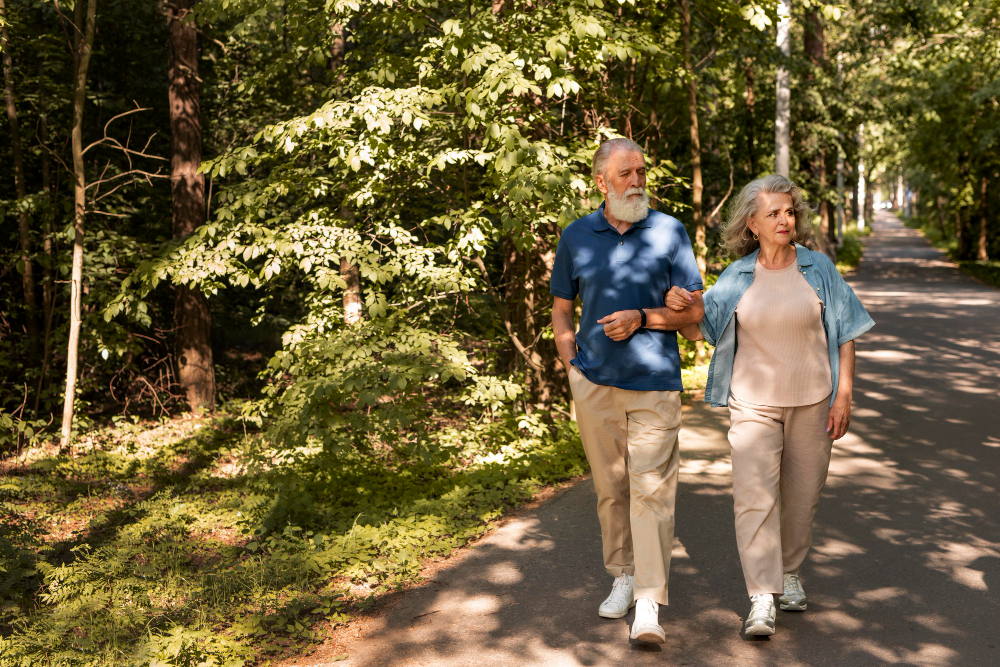
Final Thoughts
Fitness truly is for everyone. Inclusive programs open the door to a healthier, happier life at any age. Whether it’s enjoying a peaceful walk with friends, relaxing in a chair yoga class, or trying out Tai Chi, there are options that fit all levels and abilities.
If you or someone you care about wants to get started, remember to go at your own pace, stay safe, and find joy in the journey. Your body and mind will thank you for it!
I’d love to hear from you—what activities have helped you or your loved ones stay active? Feel free to share your experiences, questions, or tips in the comments below. Let’s support each other on this path to better health!
Sources
National Institute on Aging – Exercise and Physical Activity: Your Everyday Guide from the National Institute on Aging
Provides comprehensive evidence on how regular physical activity improves strength, balance, and mental health in older adults, helping reduce risks of falls and chronic diseases. Emphasizes the importance of tailored programs to meet individual needs.
https://www.nia.nih.gov/health/exercise-physical-activity
Mayo Clinic – Exercise: 7 Benefits of Regular Physical Activity
Summarizes key physical and mental health benefits of exercise for people of all ages, with a focus on maintaining independence, improving mood, and reducing risks of many chronic conditions among older adults.
https://www.mayoclinic.org/healthy-lifestyle/fitness/in-depth/exercise/art-20048389
Harvard Health Publishing – Strength and Power Training for Older Adults
Explains how strength training helps maintain muscle mass, bone density, and overall functional ability in seniors, reducing risks of injury and supporting mental wellbeing. Provides practical tips for starting safely and effectively.
https://www.health.harvard.edu/exercise-and-fitness/strength-and-power-training-for-older-adults
